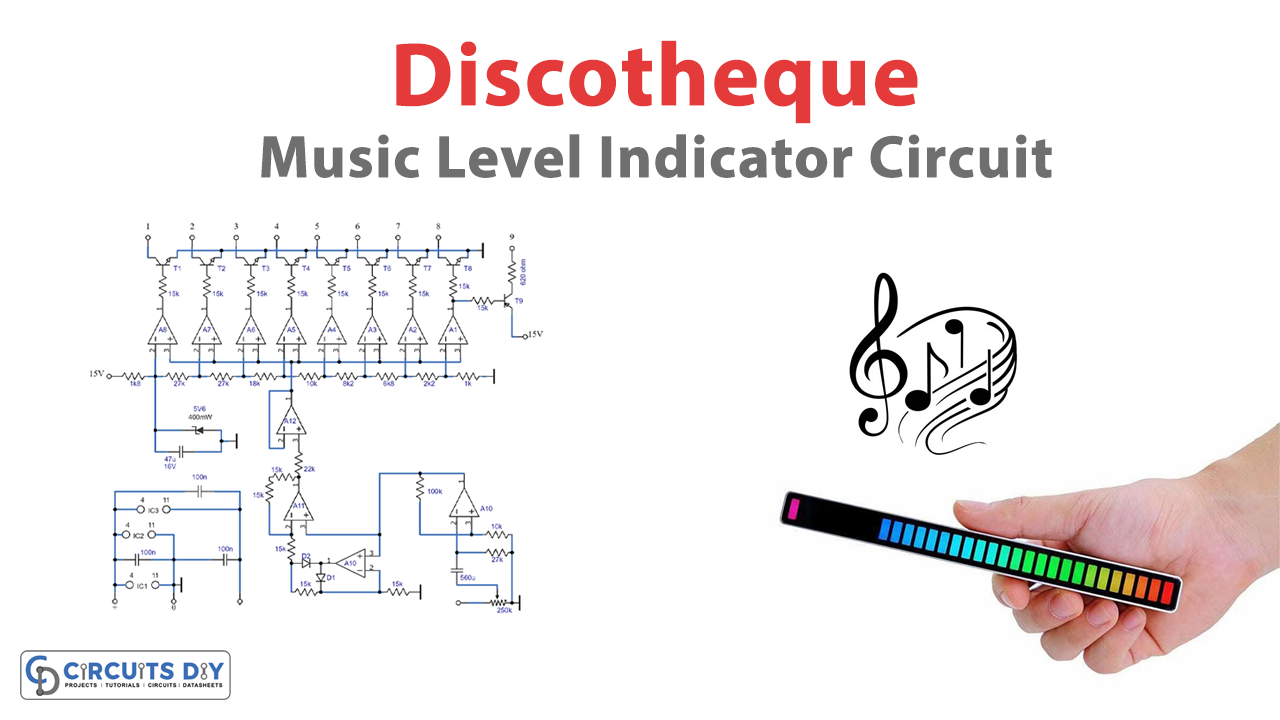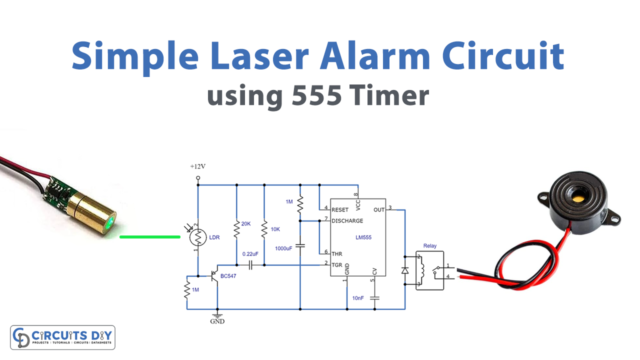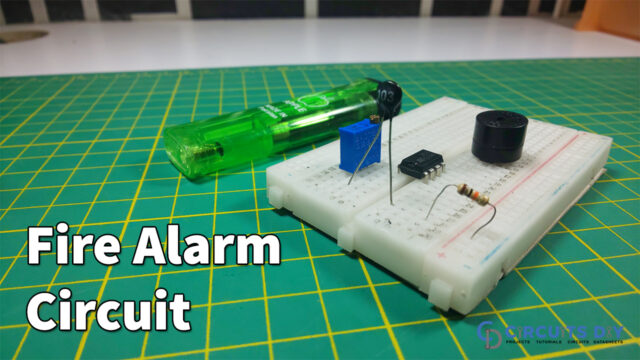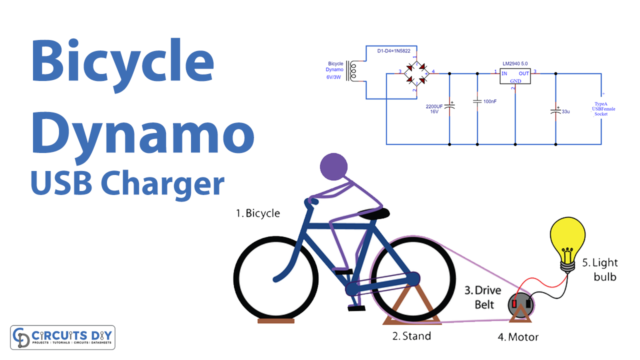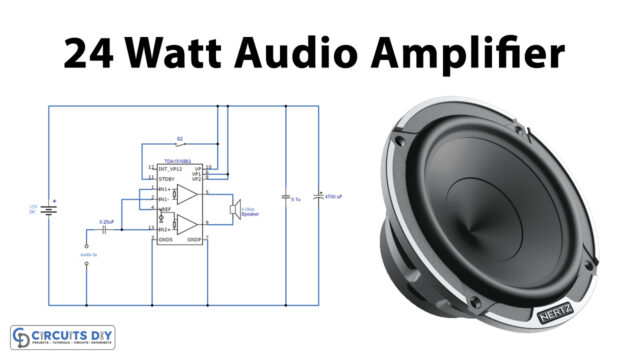Introduction
In the fast-paced world of discotheques, the right music can make all the difference. That’s where the discotheque music level indicator circuit comes in. This indicator comprises eight columns of LEDs arranged in concentric circles, creating a mesmerizing star-like pattern. The higher the sound level, the brighter the pattern, adding a visual element to the music that will keep your guests on the dance floor all night long.
This article will explore the intricacies of the discotheque music level indicator circuit and how it creates a dynamic and engaging light show.
Circuit Design


The eight LEDs in each of the eight circles are connected in series. A transistor, T1 to T8, drives each series chain. No resistors are required as the positive supply voltage provides over 1.8V per LED, sufficient for proper LED functioning.
PLEASE COMBINE THE TWO IMAGES ABOVE TO COMPLETE THE FULL CIRCUIT
| S.no | Components | Value | Qty |
|---|---|---|---|
| 1 | IC | A1 To A4 = LM324 A5 To A8 = LM324 A9 To A12 = Tl-084 | 4 4 4 |
| 2 | Transistor | T1 to T8 = BC550C T9 = BC560C | 8 1 |
| 3 | Non Polar Capacitor | 100n, 560nF | 3, 1 |
| 4 | Resistor | 1k, 2k2, 6k8, 8k2, 10k, 18k, 27k, 1k8, 15k, 820, 22k, 100k, 270k, | 1, 1, 1, 1, 2, 1, 2, 1, 14, 1, 1, 1, 1 |
| 5 | V. Resistor | 250k | 1 |
| 6 | Diode | 1N4148 | 2 |
| 7 | Zener Diode | 5v6 400mW | 1 |
| 8 | Polar Capacitor | 47u, 10u | 1, 1 |
Working Explanation
Differential amplifiers (A1 to A8) drive the transistors (T1 to T8). These amplifiers compare the direct voltage across capacitor C2, which depends on the audio. The potential of C2 is buffered by amplifier A12, determined by diode D11 and resistors R11 to R18. When the comparison result is positive, the associated driver transistor turns on, and the corresponding circle of LEDs. The center LED (D4) is driven by transistor T9 and only turns on when the sound level is significantly lower.
The direct voltage across C2 results from full-wave rectification in amplifiers A10 and A11 of the input signal, amplified in A9. The input sensitivity required to turn on all 64 LED lights is about 600mV. However, this can be increased by decreasing the value of resistor R2.
The speed at which the music level is displayed depends on the value of capacitor C2. A 10µF capacitor results in a slow change in light patterns while omitting the capacitor results in a rapid reaction to changing sound levels.
Final Words
The Discotheque Music Level Indicator Circuit is easy to understand and does not require any complex setup, making it an ideal choice to try. So, why wait? Get your hands on this innovative invention and transform your next event into an unforgettable experience!

